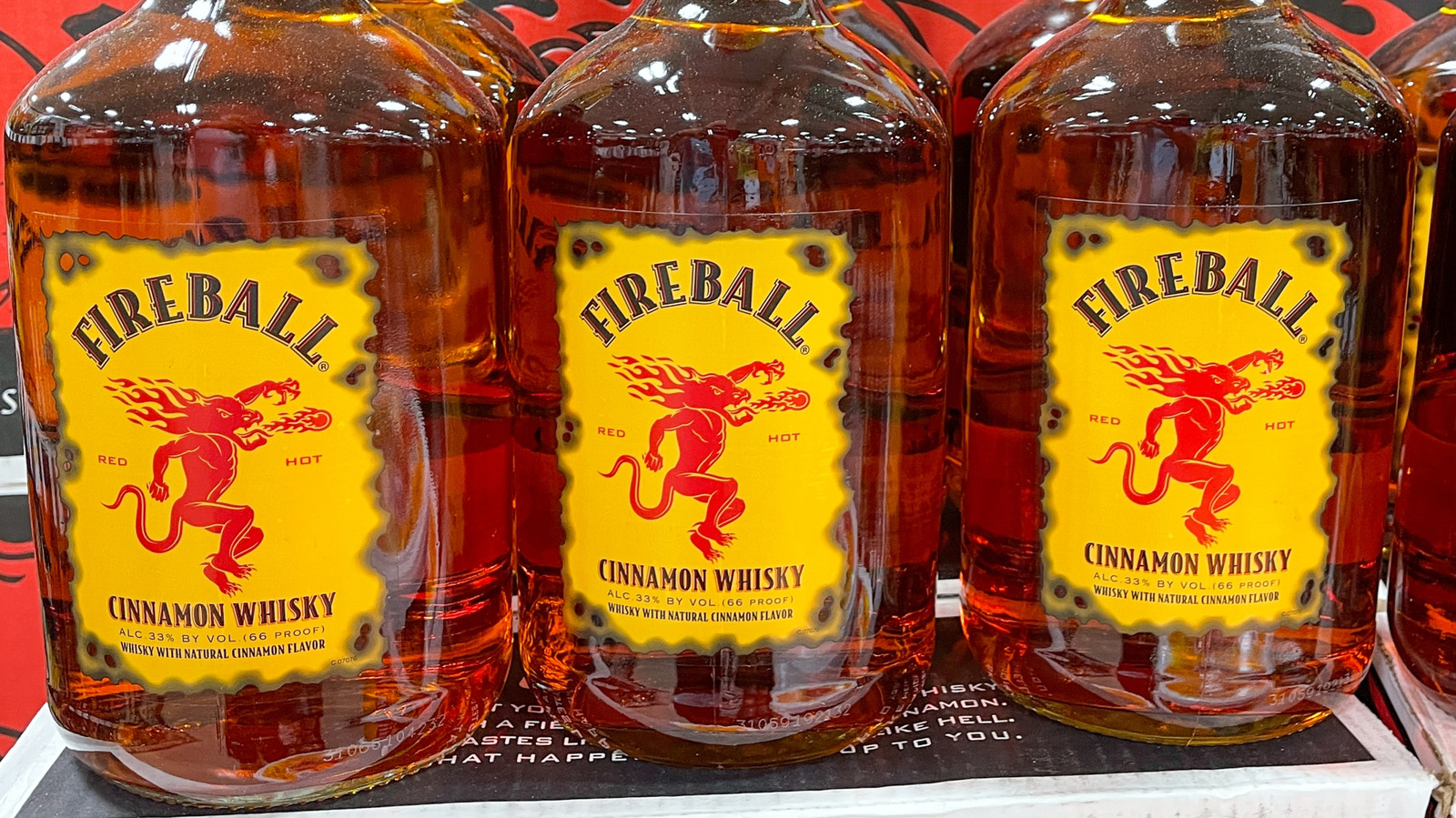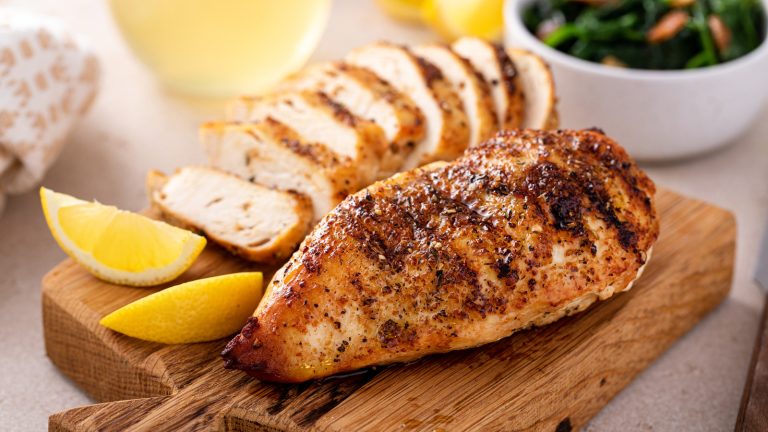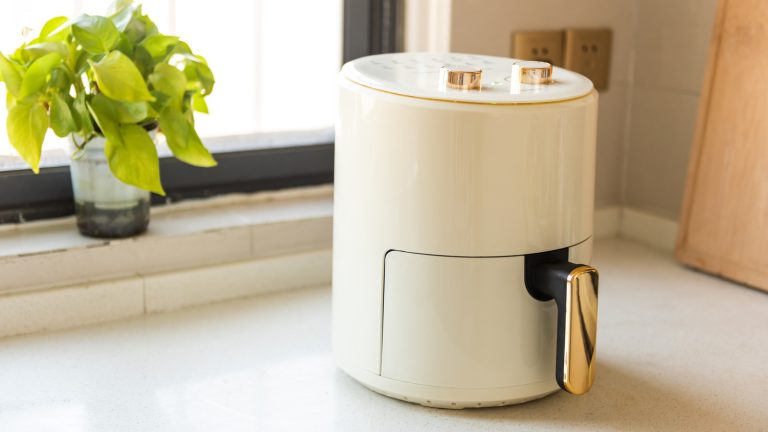Fireball Cinnamon Whisky has built up a spicy reputation over the years. Technically, Fireball doesn’t quite count as whisky anyway, since whisky needs to have at least 40% fermented grain liquor, and Fireball caps at 33% alcohol by volume. Regarding the rest of the beverage, a popular rumor used to go around suggesting that Fireball also contained antifreeze, leading to the drink being banned in Europe. But is there any truth to this?
The short answer is no, Fireball Whisky does not contain antifreeze. However, the drink used to include an ingredient called propylene glycol, a synthetic liquid also found in antifreeze. Propylene glycol appears in many processed foods, and the U.S. Food and Drug Administration considers any product with below 50 grams of propylene glycol per kilogram to be safe. Fireball’s formula contained less than an eighth of that amount. The chemical is considered to have an extremely low amount of toxicity, and, before you panic, remember that alcohol itself is also considered toxic.
Still, European standards for the chemical are more stringent. In 2014, Norway, Sweden, and Finland removed Fireball from stores due to concerns over its overuse of propylene glycol. Additionally, Fireball’s owner, the Sazerac Company, also claims to use a different Fireball formula in Europe. Since then, Fireball’s website notes that the company has removed propylene glycol from all of its Fireball formulas, all while insisting that the original formula was never dangerous in the first place.
Fireball once contained propylene glycol
What’s so special about propylene glycol that it finds its way into products for both humans and their cars? Propylene glycol is a useful synthetic substance that is meant for absorbing water and therefore further enhancing the flavor of a drink like Fireball. It’s also a preservative and emulsifying agent that can thicken foods. In addition to old bottles of Fireball Cinnamon Whisky, you can find this chemical compound in lots of different items. In fact, it’s one way to easily identify ultra-processed foods since it shows up in everything from cake mixes and food colorings to soft drinks and flavored coffee grounds.
Beyond that, propylene glycol appears in plenty of non-edible products such as skin ointments, fake smoke for fog machines, e-cigarettes, and, of course, antifreeze. It’s a major ingredient in antifreeze because it’s also capable of lowering the freezing point of water, keeping the substance from turning solid. This is what makes antifreeze so useful in preventing a car engine from freezing up in cold temperatures. Plenty of antifreeze brands use propylene glycol as a safer replacement for ethylene glycol, which is much more toxic and entirely unsafe to consume.
Back when Fireball listed propylene glycol among its ingredients, was it just as dangerous as drinking antifreeze? Certainly not. However, there are other must-know whiskey brands for beginners if you want something that tastes more like traditional whiskey than sugar and cinnamon.






